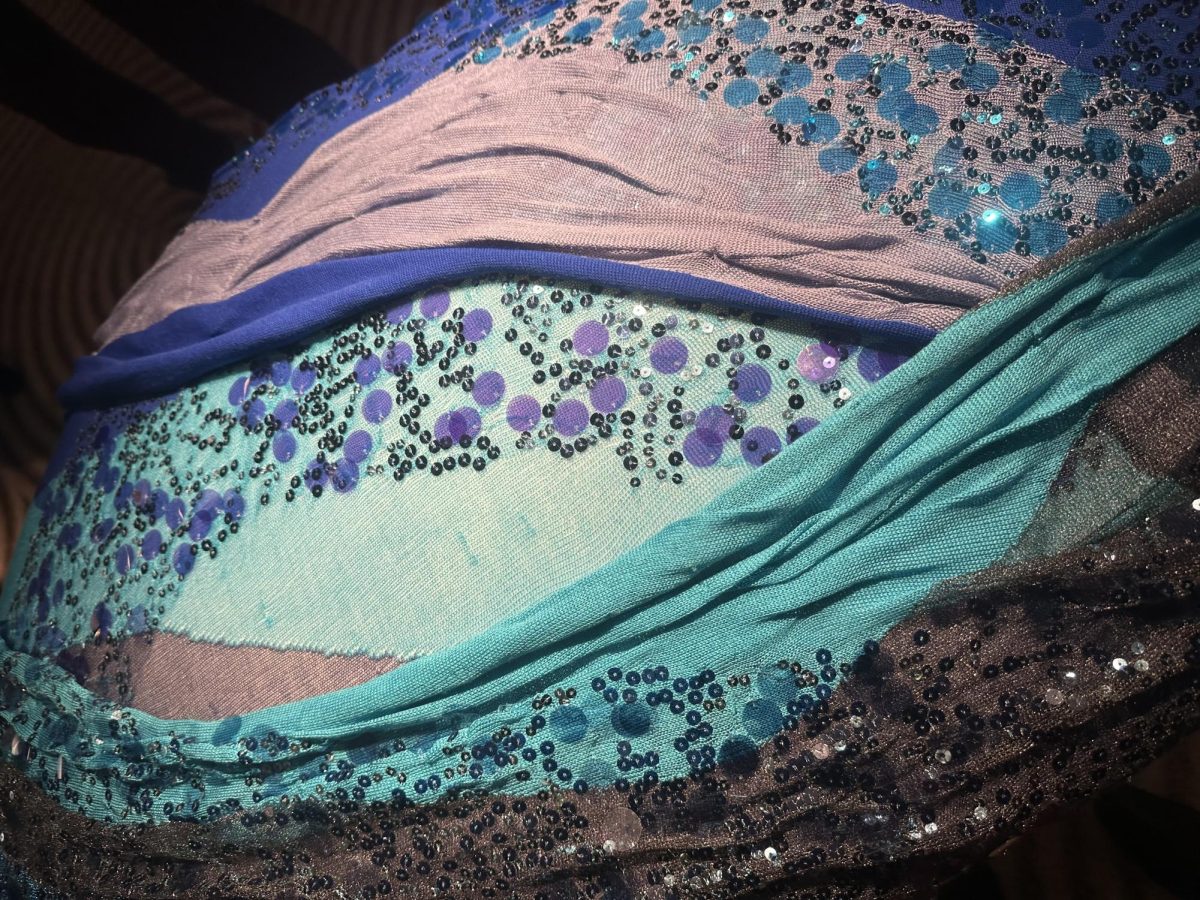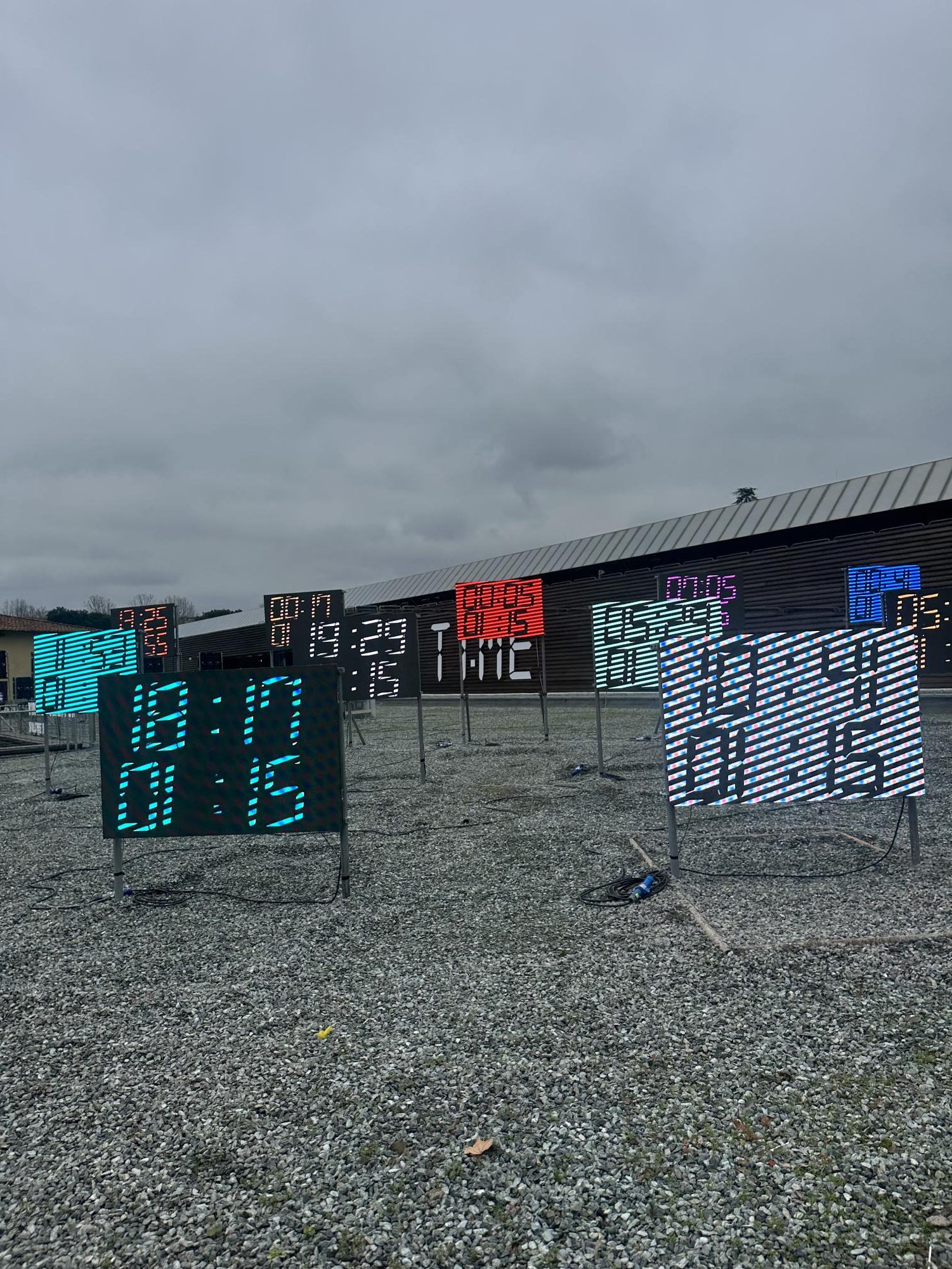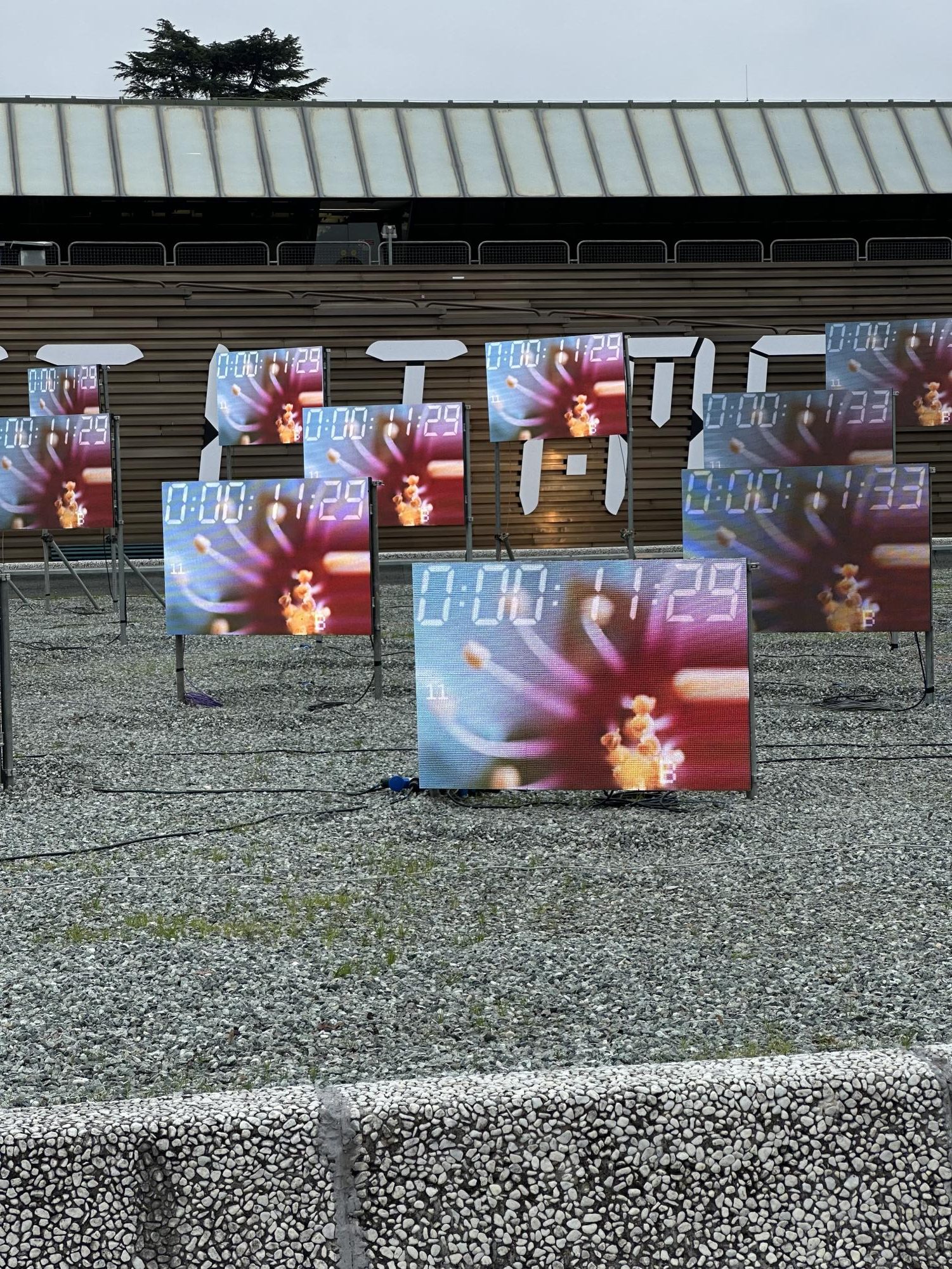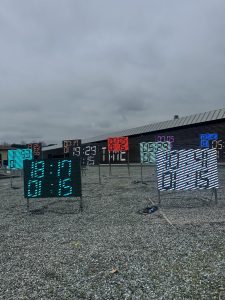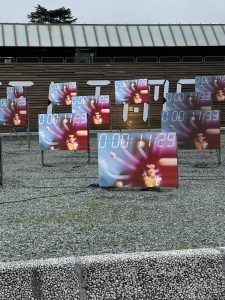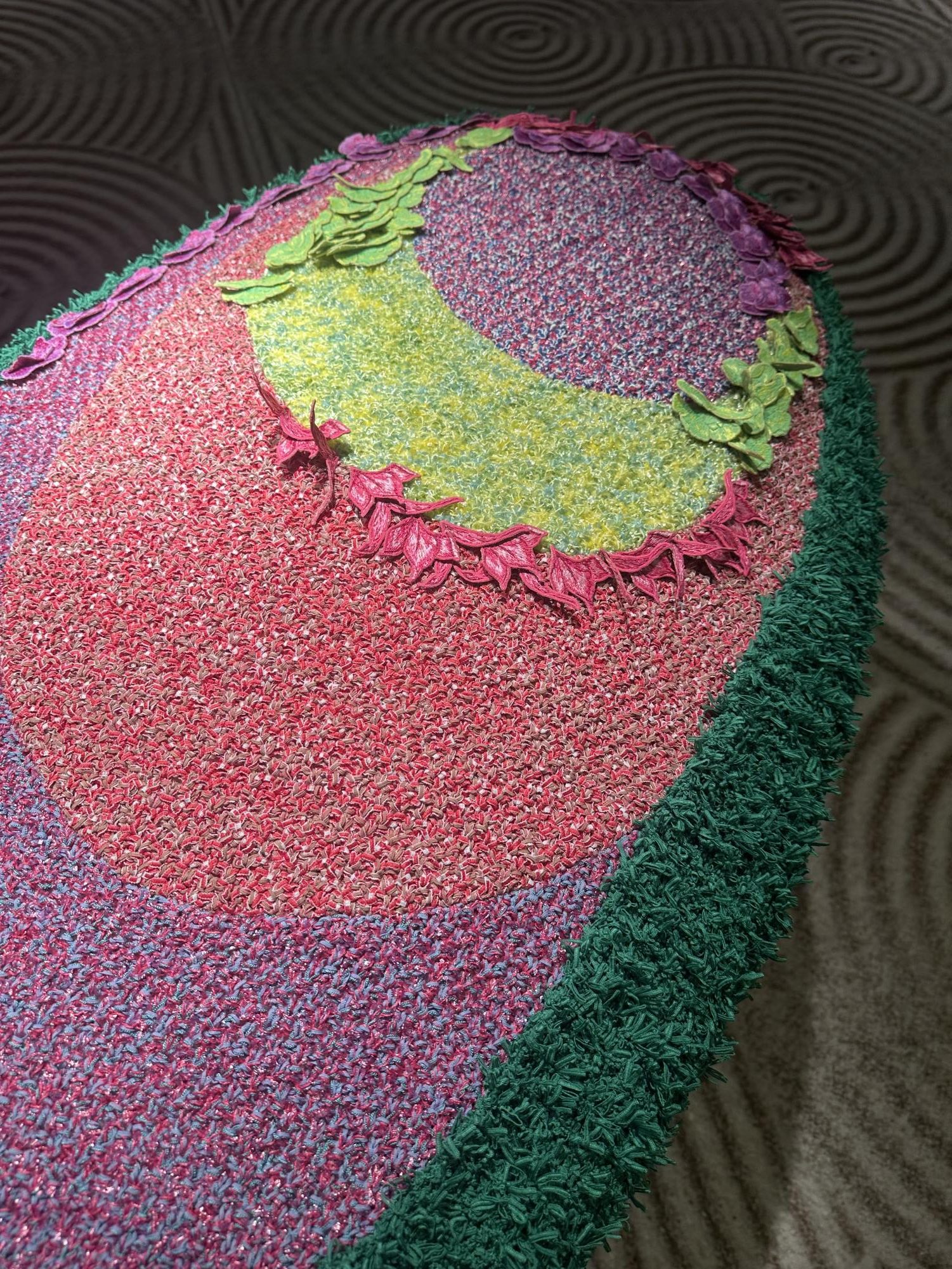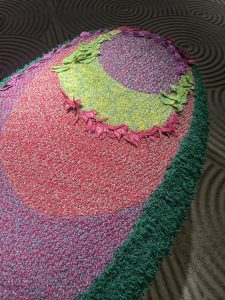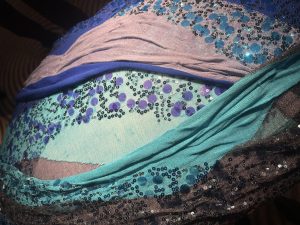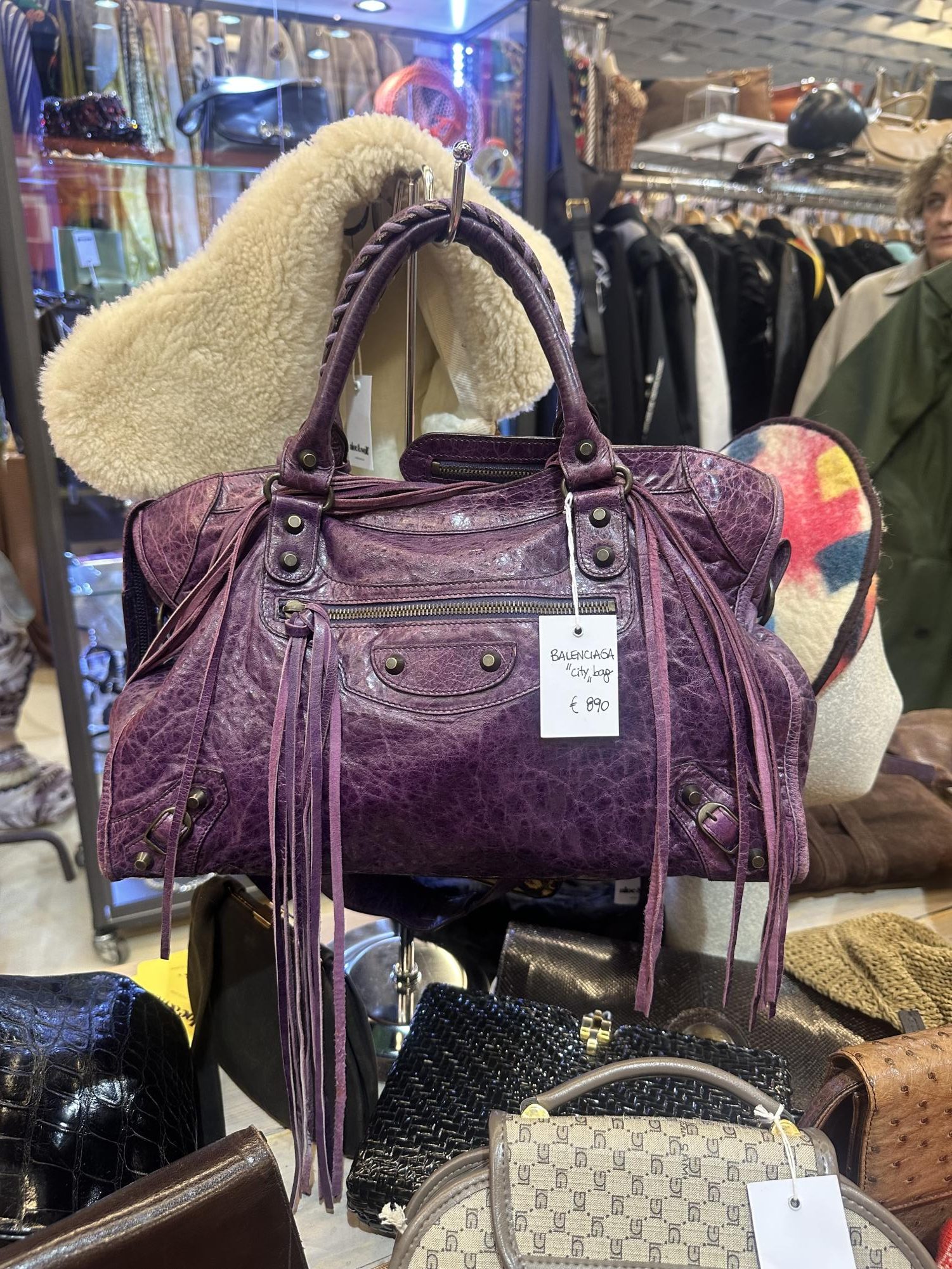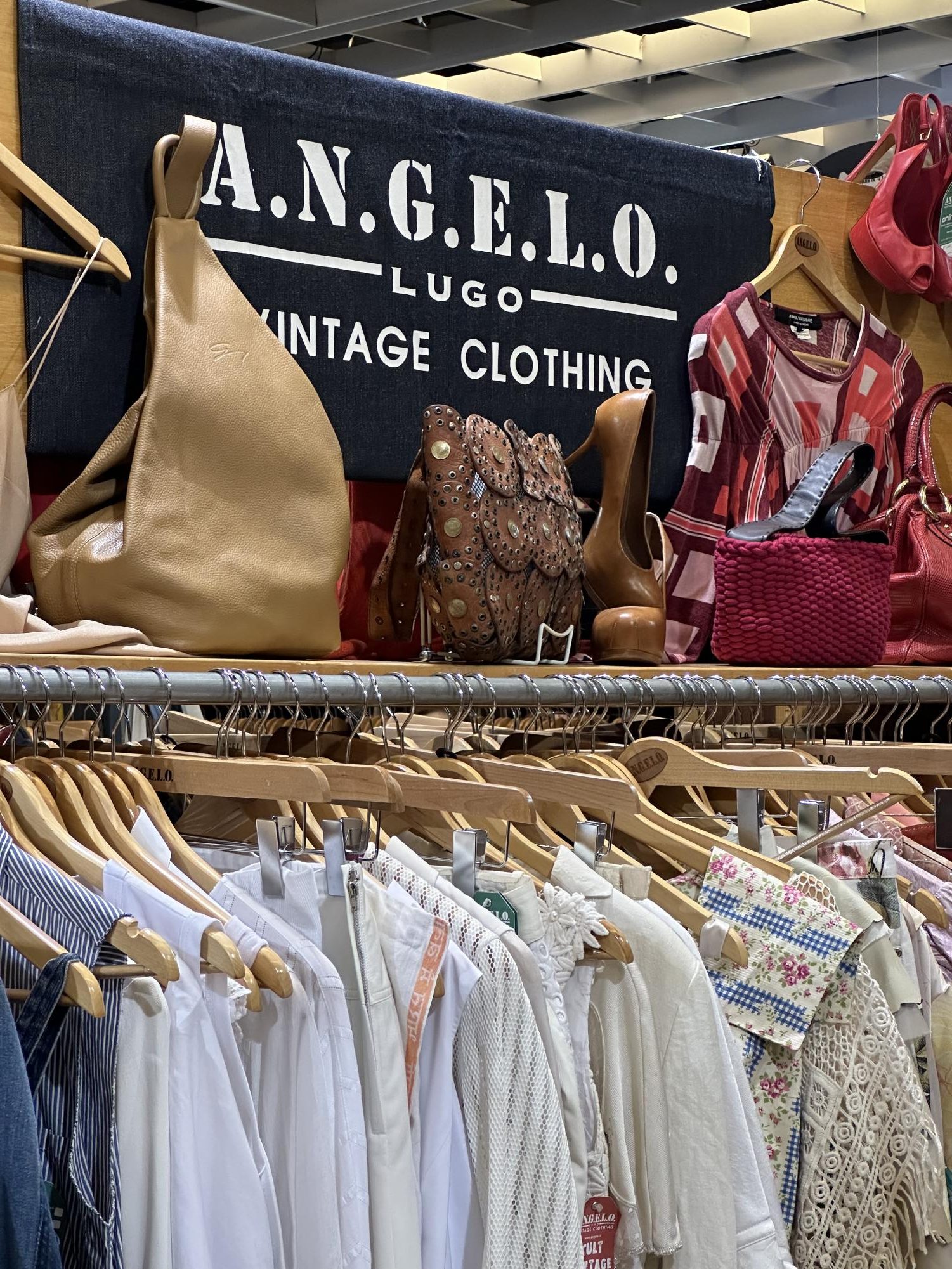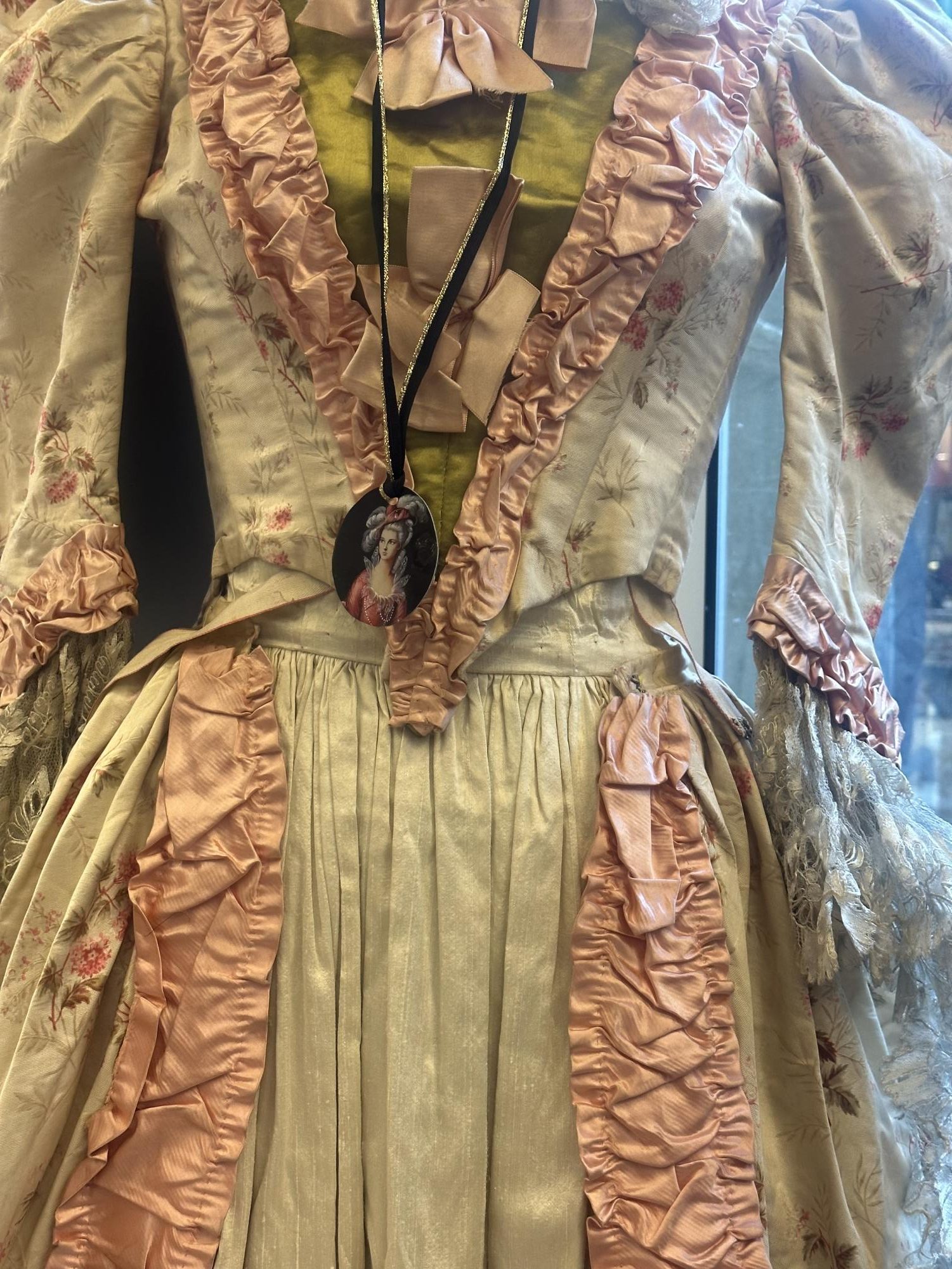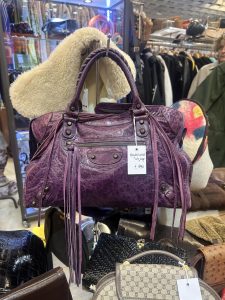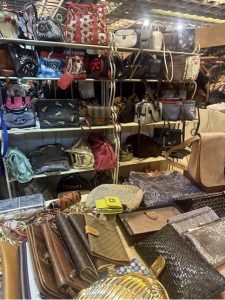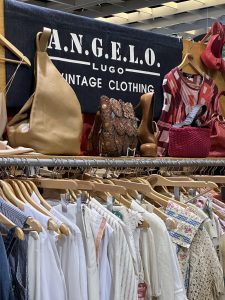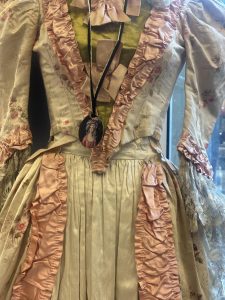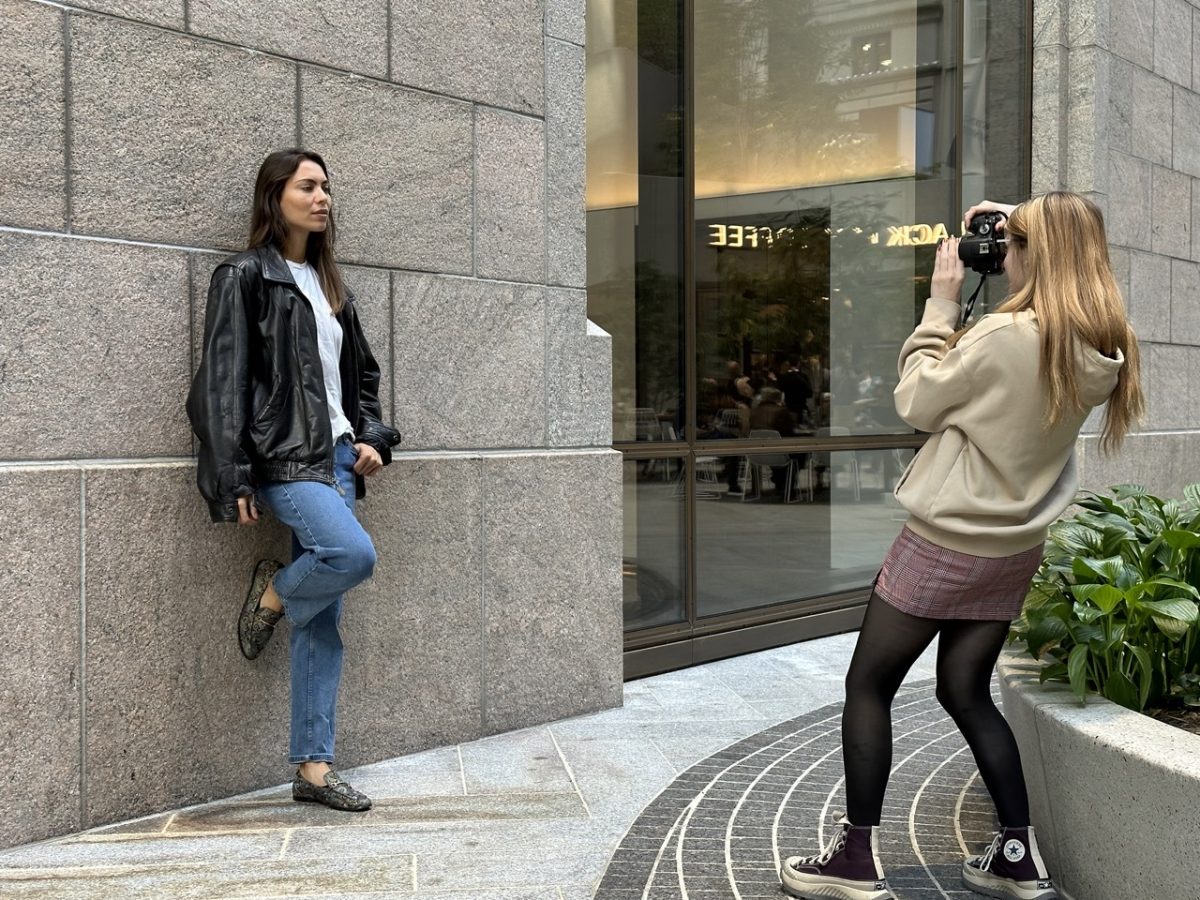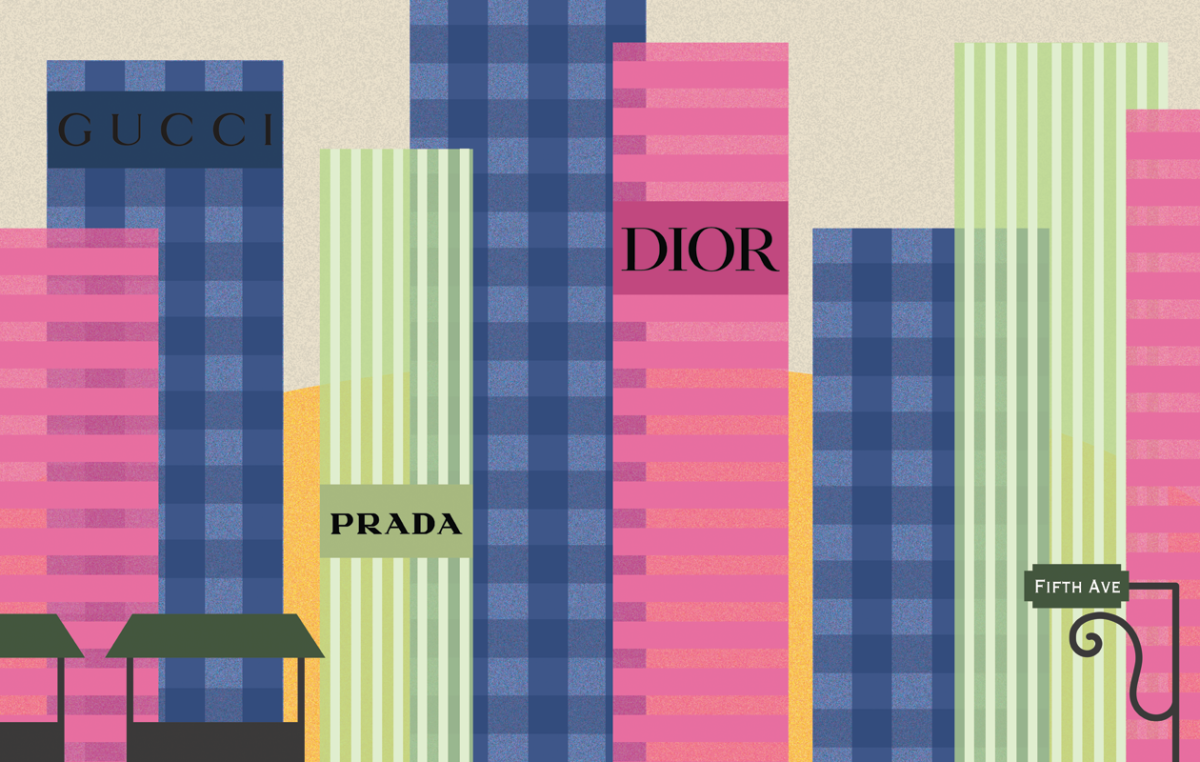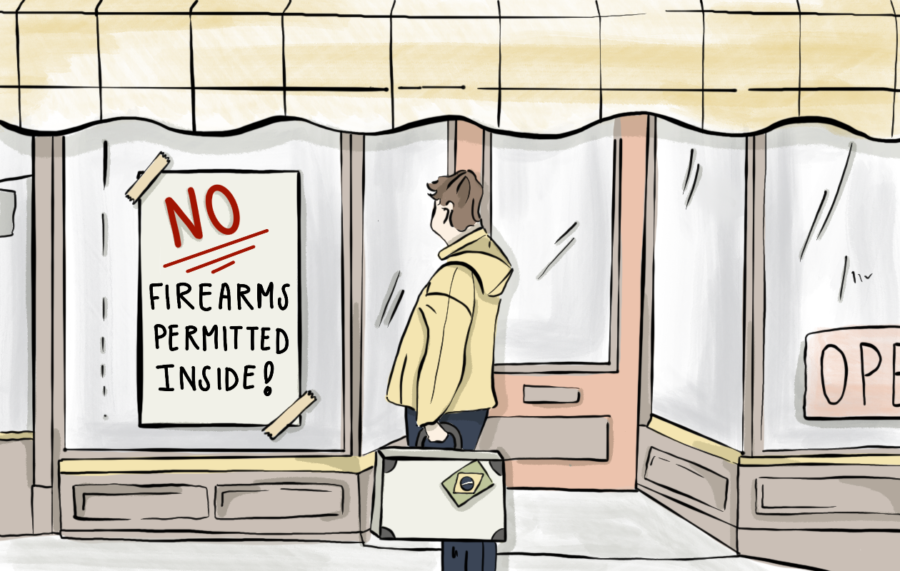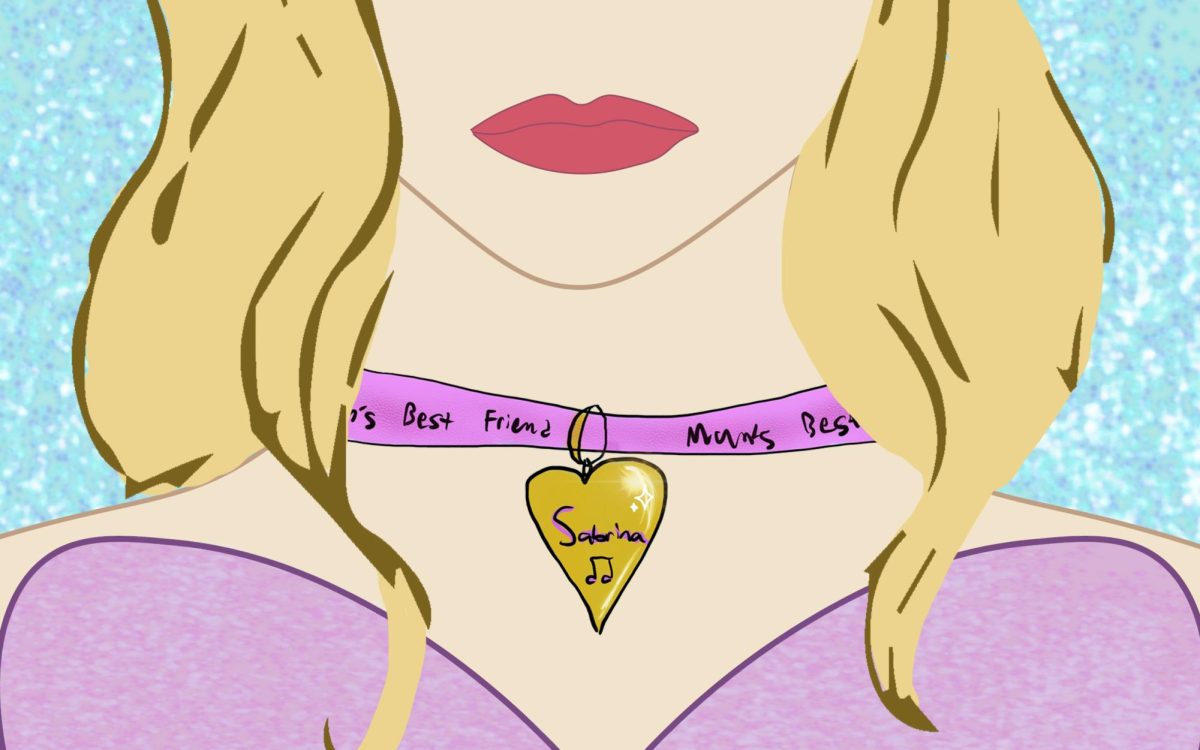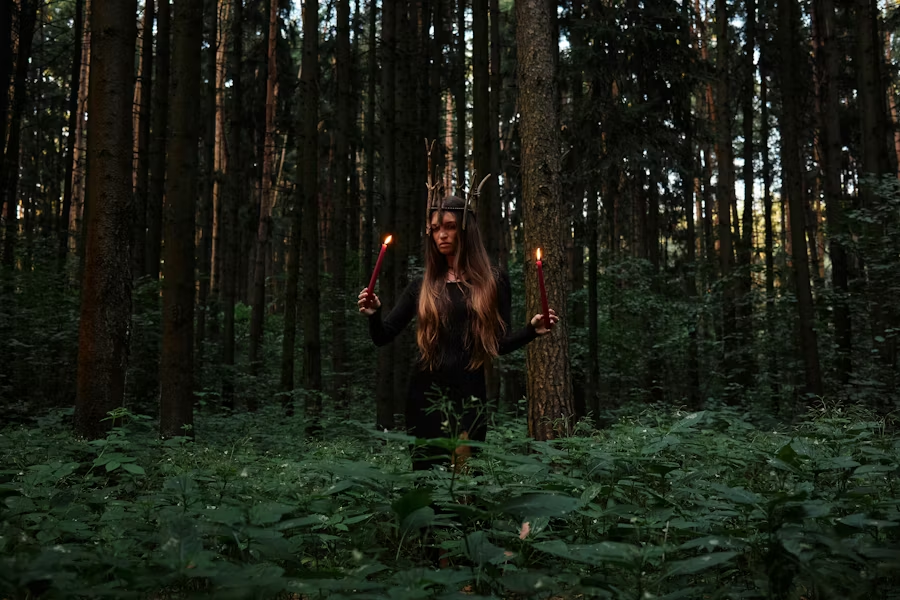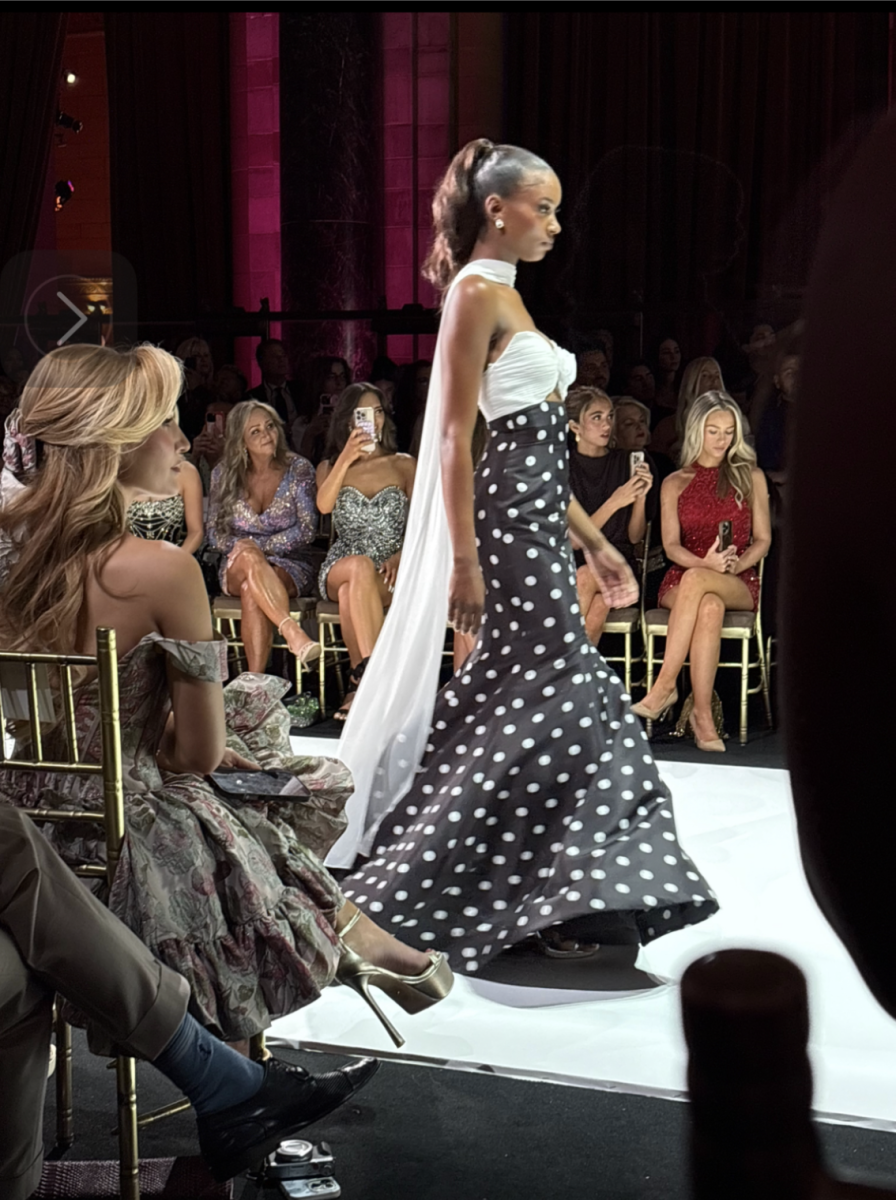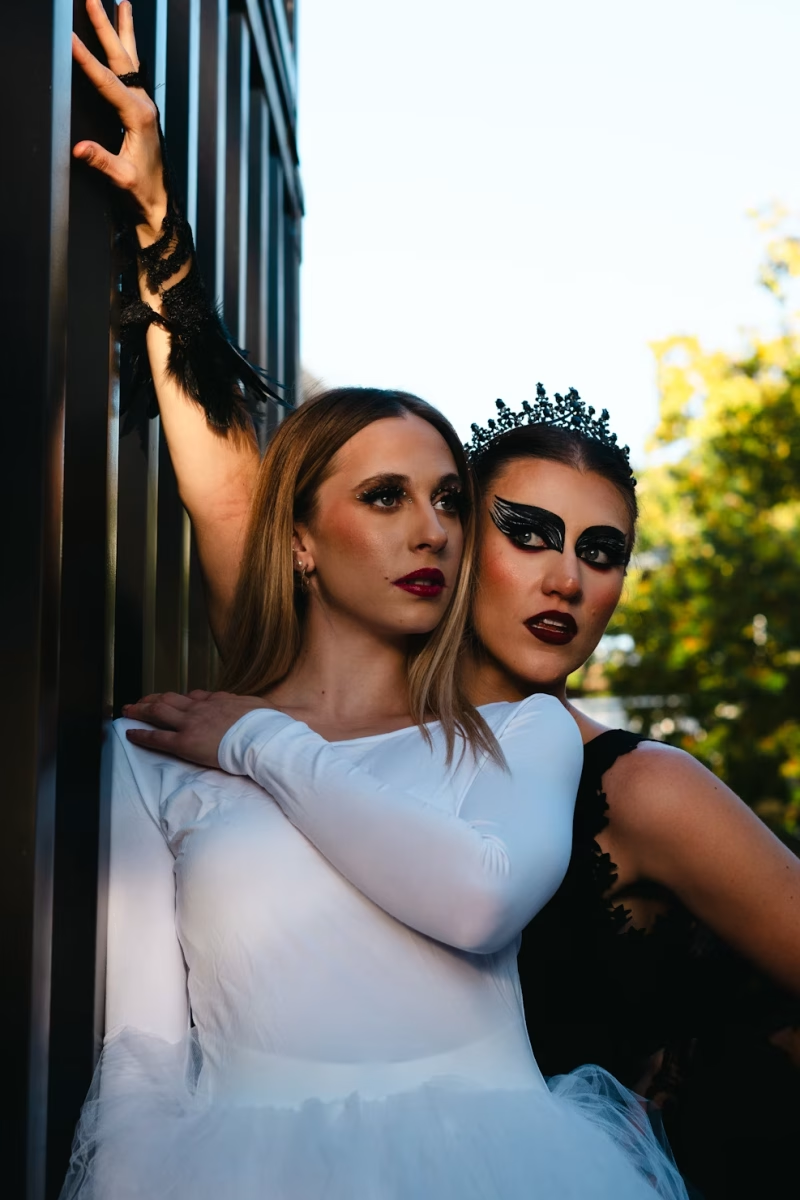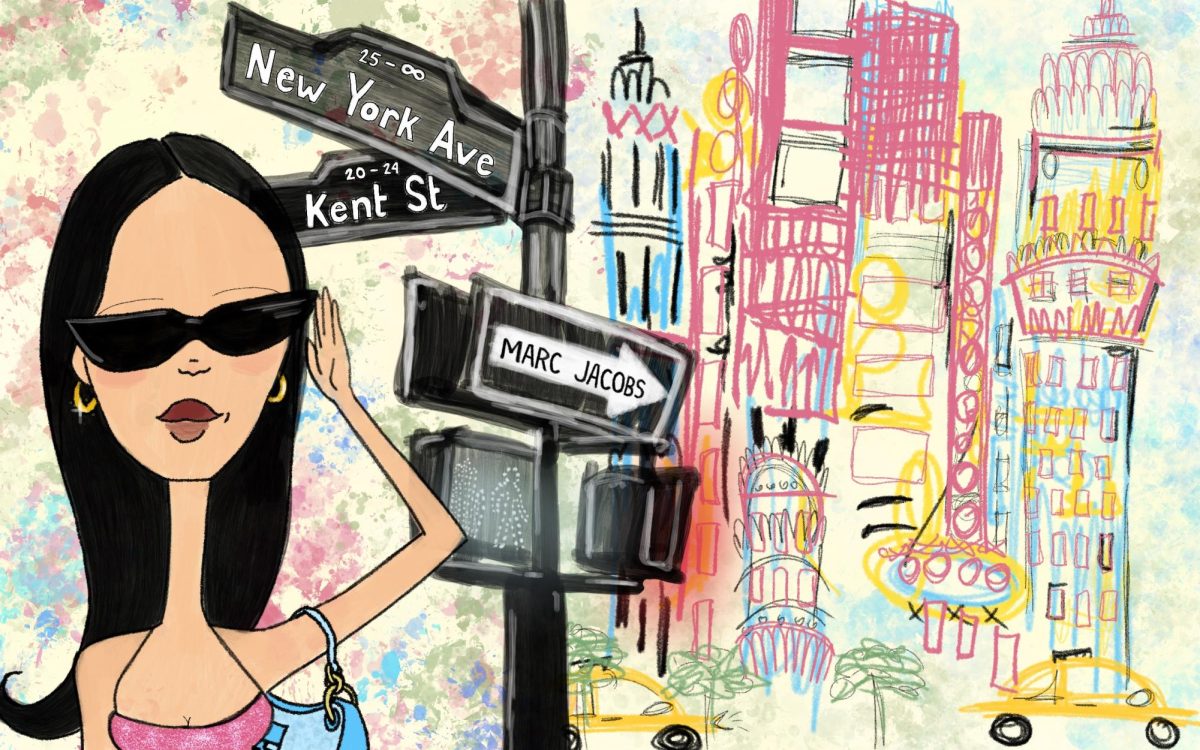While Kent State’s fashion students are hard at work in Ohio, 4,000 miles away at the KSU Florence campus, students took a glimpse into the world of knitwear and yarn. This week, the program’s “Study Tour” class, which takes students on a new excursion each week, visited Italy’s most important textile trade show: Pitti Filati (Filati is Italian for yarn).
Trade shows are home to the chaotically beautiful interceptions of every moving part of the fashion industry. Designers, buyers, trend forecasters, product developers, entrepreneurs, multi-media representatives and students all attend for different reasons but are connected by their curiosity for the future of fashion.
Pitti Filati takes place twice a year at the Fortezza da Basso in the bustling Tuscan capital of Florence, Italy. The Spring/Summer ‘25 exhibition took place Jan. 24-26, and KSU fashion students had the opportunity to explore the show on the last day, which was dedicated to the future change makers of the industry: students.
The event is financially supported by the Italian government, the ICE (Italian Foreign Trade Promotion and Internalization Agency), and UniCredit, demonstrating how critical the fashion industry is to the country’s economy.
The theme of this season’s Pitti Immagine—the company that puts on Pitti Filati as well as multiple other trade shows is “Pitti Time,” a concept created by filmmaker Leonardo Corallini and creative director Angelo Figus. The campaign represents human connections to nature, both in action and feeling, which connects to key components of the Spring/Summer ‘25 macro-trend forecast. Upon walking through the gates of the show, attendees are met with a huge installation featuring multi-colored clocks displaying different mathematical algorithms that are meant to represent seasons passing.
The event’s official brochure explains, “The passing of seasons is measured by a mathematical formula, transforming these patterns into elusive graphic patterns through an algorithm.” Pitti Filati is a physical manifestation of fashion’s future, innovation and artistry season after season.
The first section of the show features its trend research exhibition “Milestone.” The exhibition room floor was decorated with mushroom-like structures covered in the forecasted textiles. The shape of these structures was supposed to represent the stone that since Roman times has marked the distance between each mile on the city’s public roads. The event’s brochure describes the exhibition as “a journey through time and space to grasp and savor the extraordinary nature of our planet, which goes beyond any imagination, even the artificial one.” This concept follows the invisible thread first presented in “Pitti Time” and perfectly embodies the Spring/Summer ‘25 trend forecast, which celebrates the connection between humans and nature through the lens of a newly digitized world. As society falls further into the digital realm, a new appreciation for the past is presented through a modernized view of natural landscapes.
The three themes presented are:
- Fluid: “A thermal excursion from cold to hot”
- Tactile: “Vibrant, tactility that allows to be understood and perceived”
- Concrete: “Sophisticated and Mineral”
Colors such as pastel pinks, greens and blues, along with pops of vibrant orange and purples were represented throughout the forecast.
The core section of the show is the vendor area which includes various international yarn manufacturers and textile brands, both large and small, historic and new. This is the hub for buyers, designers and other industry professionals to research and make deals. In line with innovation and education, “Customeasy” presents an exhibition where attendees can take a look into the technical aspects of textile customization. Here, attendees are welcome to discover the processes of applying washes, embroidering, finishing and spinning.
“Knitclub” is an area dedicated to quality knitting mills where attendees can meet the technical minds behind the companies chosen by Pitti Filati. According to the brochure, this section is meant to emphasize “an increasingly global and advanced production chain synergy.”
The final section of the show is its “Vintage Selection” which showcases various second-hand designer vendors, and follows the invisible thread of appreciating nature because shopping second-hand is the most sustainable way to shop. Attendees are encouraged to purchase from the vendors, who had everything from Balenciaga City Bags to 1800s womenswear.
Pitti Filati is truly a remarkable experience that is thoughtfully curated and appreciated by its thousands of attendees. KSU fashion students were truly fortunate to have experienced such a display of craftsmanship, ingenuity and beauty.
Support Student Media
Hi! I’m Annie Gleydura, A Magazine’s editor-in-chief. My staff and I are committed to bringing you the most important and entertaining news from the realms of fashion, beauty and culture. We are full-time students and hard-working journalists. While we get support from the student media fee and earned revenue such as advertising, both of those continue to decline. Your generous gift of any amount will help enhance our student experience as we grow into working professionals. Please go here to donate to A Magazine.

